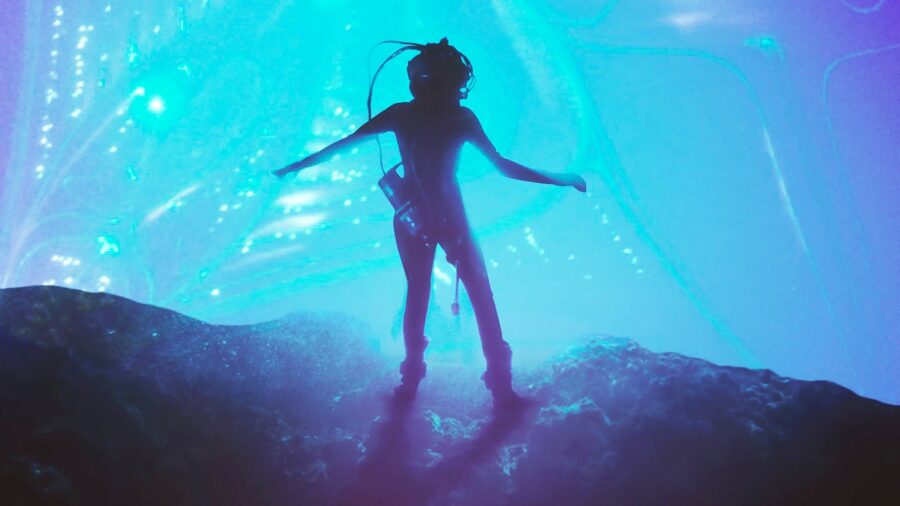Scientists Just Found The Largest Organism Ever At The Bottom Of The Ocean
The largest organism ever found has been discovered off the coast of Australia, the land of monsters, because the world is scary.
This article is more than 2 years old

The bottom of the ocean is a strange and scary place. Despite technically sharing the same Mother Earth as we do, the things that swim or crawl or slither around there in the far down depths of the sea are more alien than anything you would likely find on the surface of Mars. In fact, we have a better idea of what the surface of the red planet is like than we do of what is at the bottom of the ocean. That makes it all the more disquieting that scientists have just discovered the single largest organism ever found at the ocean bottom off the West Coast of Australia. That organism? The humble Posidonia australis plant, also known as fiber-ball weed or ribbon weed, per The Guardian.
But before you say “a plant is the largest organism ever? Big deal!”, consider that this plant is really big. Like, really, really big. As in, this one single plant covers an underwater area of over 77 square miles. That is three times the size of New York City’s Manhattan Island. It is near twice the size of Disney World, Goofy included. It is just enormous. To be clear, this is not an interconnected grouping of plants or a colony organism like a coral reef, it is one single largest-ever organism that researchers at the University of Western Australia (UWA) estimate to be close to five thousand years old.
The largest organism ever found is naturally in Australia (which is well known as the continent of monsters, sorry Australia) and the UWA researchers theorize it started from one seedling in what is now known as Shark Bay. That particular seedling is apparently a hybrid of two different ribbon weed species; this allowed it to retain the entirety of inherited chromosomes from both its father and mother plants, which imbued it with helpful internal genetic diversity to outlast and outlive competing organisms over the millennia. This also means that the massive Posidonia australis plant can reproduce asexually by means of rhizomes, which allows for continual, unassisted growth.
The UWA researchers estimate it grows at about 35 centimeters a year, which would be pretty impressive for anyone. Shark Bay is a particularly hostile environment for many organisms (again, sorry, Australia), but the largest organism ever found has found ways to adapt to multiple levels of salinity in the water and a spectrum of heat that could potentially kill less horrifying life forms. Then researchers attribute its mutated genetic diversity to its adaptive abilities.
While it would be entirely fair to describe this particular Posidonia australis plant as a monster whose existence is terrifying, the largest organism yet found is also beneficial to its own biosphere. It acts as a vast habitat for all manner of marine life, as both shelter and food. And while the bottom of the ocean may be very mysterious and scary, it seems like we could probably do worse with our planet’s largest organism, at least until it inevitably turns on us.












